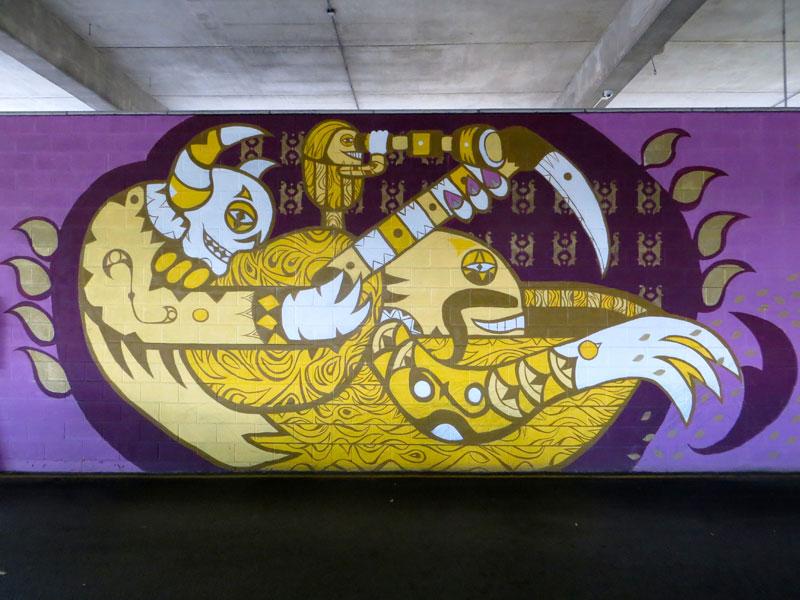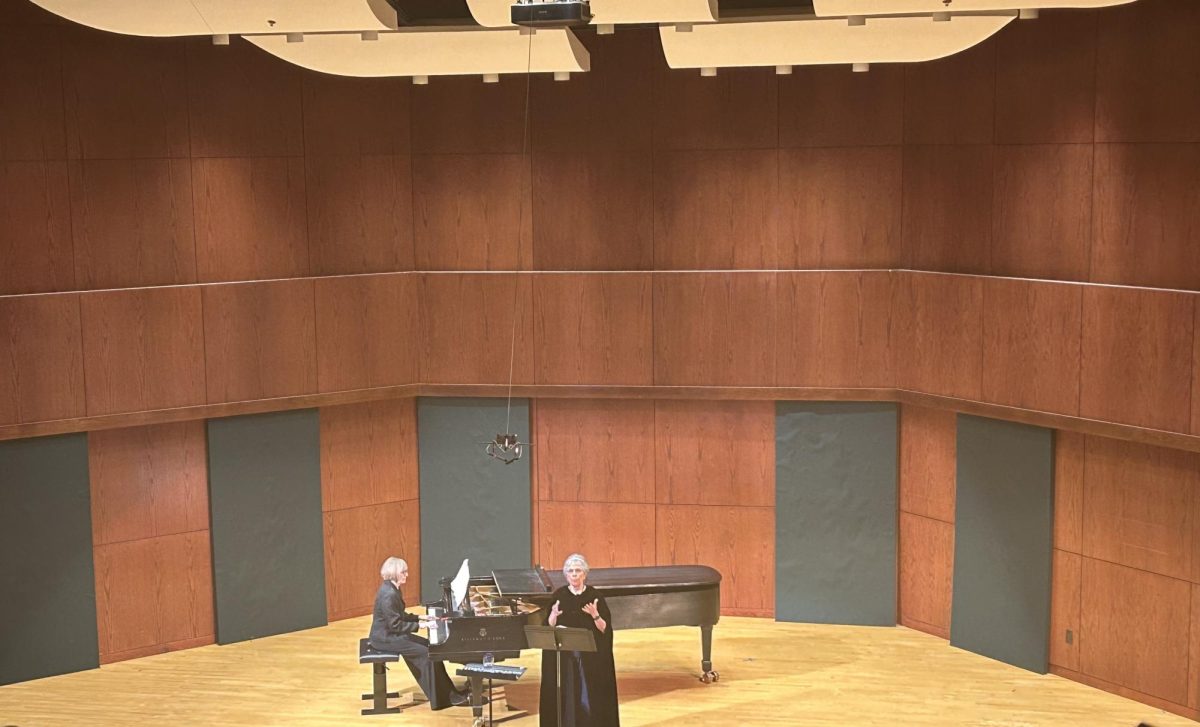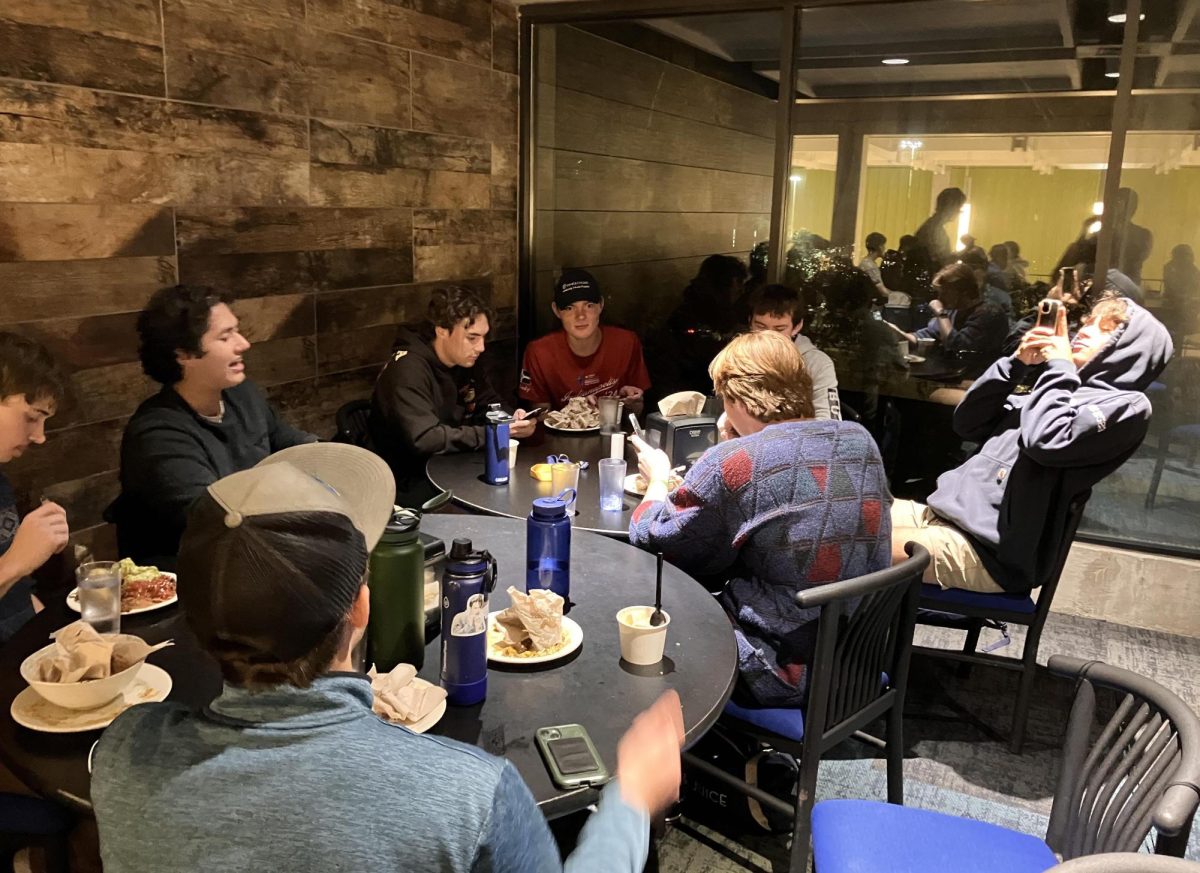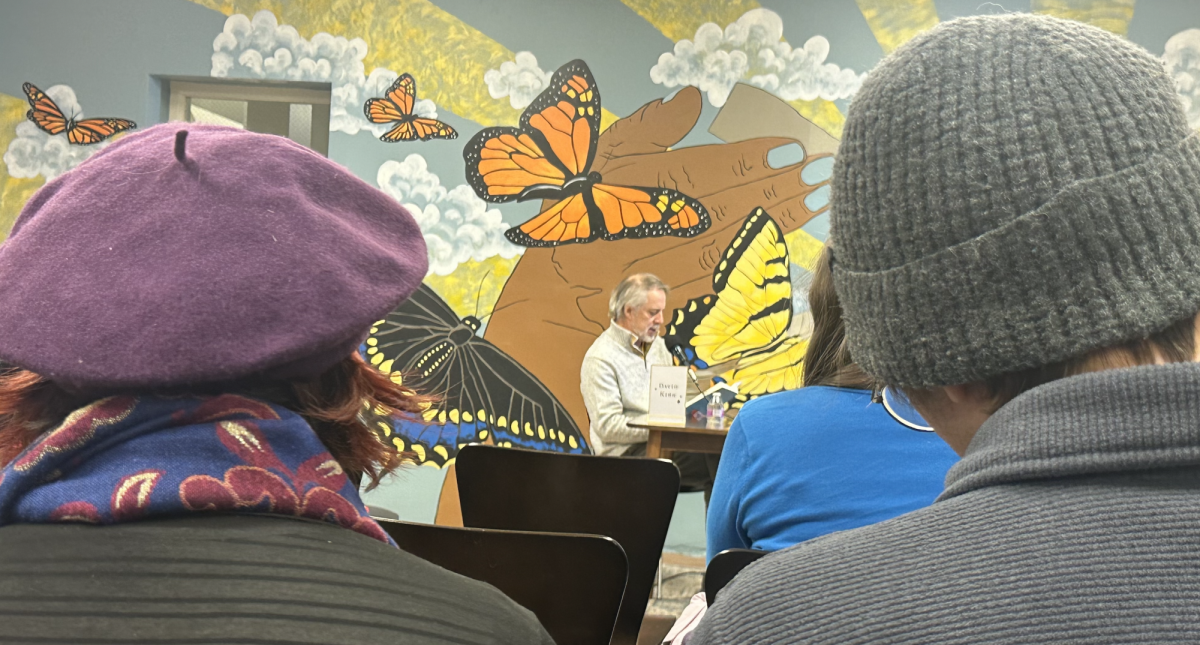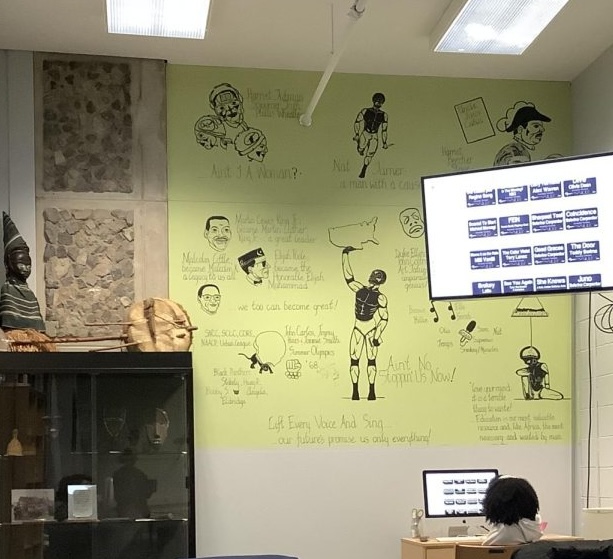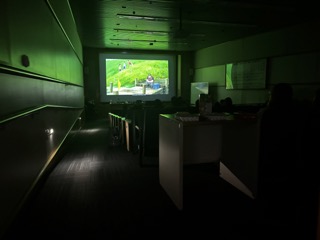Marla Coppolino has worked as a science illustrator for more than 20 years, but recently she took her artistic skills to the streets of Ithaca to paint two electrical boxes at the intersection of Albany and Court Streets.
Coppolino’s boxes were part of the 21 Boxes project commissioned by the City of Ithaca through the Public Art Commission. Through the project, artists were contracted to paint electrical boxes around the city.
“I enjoyed doing this public painting project because I feel it gives everyone the chance to stop and appreciate artwork, right there by the street, along their daily walks,” Coppolino said.
Coppolino works at Cornell University, but is also an artist and a malacologist, meaning she studies land snails on the side.
“I like to showcase snails as something very beautiful and help change public perception about snails, because most people think they’re pretty gross and slimy,” she said. “When they look at how beautiful snails are, I can start to talk to them about how important snails are to the ecosystem.”
The artists who create public art in Ithaca say they would like their works to open a dialogue among community members.
“I consider art to be a communication, and public art opens that conversation to everyone,” Jim Garmhausen, another artist in the 21 Boxes project, said. “It is very gratifying as an artist to plant a visual message in a public place for people to see and interact with. Working publicly has changed my relationship with my community, and changed my art from a solitary, studio-bound practice to something more like storytelling.”
[topswf swf=’https://www.ithacaweek-ic.com/wp-content/uploads/2014/11/Corbett_Young_Public-Art.swf’ width=’600′ height=’600′ quality=’best’ wmode=’opaque’ scale=’default’ flashvars=” allowfullscreen=’false’]
Public art projects in Ithaca are not solely the work of the Public Art Commission. The Downtown Ithaca Alliance spearheads the “Art in the Heart” project with support from the commission. The “Art in the Heart” project displays pieces from mid-June to mid-November. The alliance has been using Cayuga Street and Creek Walk for art corridors.
“We always like to buy more public art but we are now in a situation where we need to find places for our pieces,” Kris Lewis, operations director of the Downtown Ithaca Alliance, said. She said that in the commons re-design, only two spots were slated for public art.
Despite the great support for public art in Ithaca, graffiti is still an occasional problem. It is rare that a commissioned piece of art is graffitied, but it does happen, commission members said. They said they would like to redirect the energy of those who do the graffiti into making more permanent public art.
“I would love for some of these graffiti artists to have time to be able to make beautiful pieces. Some of these pieces that are just done on the run aren’t as nice for me,” Caleb Thomas, a commission member, said.
“Part of the rebellious nature of graffiti is not just about doing it in a clandestine situation,” Grace Ritter, another commission member, said. “It’s about transforming our landscape into something beautiful. It’s not necessarily because it’s illegal; it’s more about taking something that’s maybe ugly and you’re creating art with what you have.”
City resources that are used to cover graffiti could instead go to employing the people who are doing the graffiti, Frank Nagy, director of parking for the Department of Public Works, says.
“What I’ve seen is where we put art I don’t see graffiti,” Nagy said. “Where I don’t put art, I find graffiti. I would rather spend the money on the art than to spend the money on constantly cleaning the graffiti.”
The artists and those commissioning the work, whether part of the commission or the alliance, share a vision for what public art brings to the Ithaca community.
“I think it’s important to have public art. It enlivens a community and we feel very committed to continuing to have a public art exhibition,” Lewis said.
“I think that public art is an important and necessary part of a community’s landscape,” Garmhausen said. “It lends a sense of inclusion and humanness to a city, counteracting the dry predictability of urban planning. I find that coming across a piece of public art brings a spark, an enlivening to the moment.”

